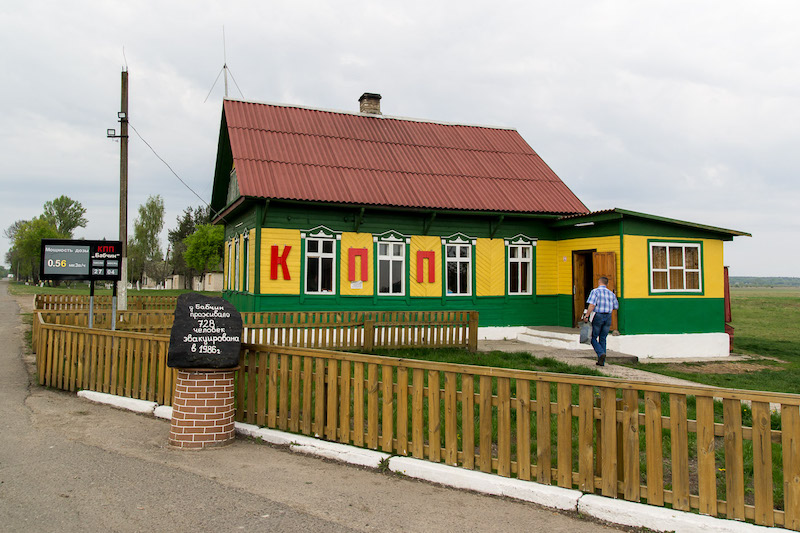About 1/3 of the radioactive caesium, 70% of strontium, and 97% of plutonium deposited in Belarus are concentrated in the territory of the reserve. The area of the reserve occupies more than 215 thousand hectares. Following the disaster, residents of almost 100 settlements were evicted from this territory. And hunting, fishing, and picking up berries and mushrooms were banned in the area to ensure the radiation safety of people.

The Polesye Radiation and Ecological Reserve is the largest first-of-a-kind research site. Scientists and biology students from different countries come here. Here, the influence of radiation on wildlife is investigated, the ecological state of the environment is constantly monitored, and preventive measures are developed to prevent radiation pollution of neighbouring territories. 700 employees are working in the Polesye Ecological Reserve.
The nature of the reserve, where for more than 30 years people have not interfered with the natural course of life, is being restored and developed. There are more than 1,250 plant species in the reserve, of which about 30 are red-listed. Despite the contamination of the exclusion zone with radionuclides, the animal world is doing well. There are only a few places in Belarus, where you can meet such a number of rare birds. The fauna includes about 54 mammal species, 280 bird species, and a rich diversity of fish species. The red-listed bison, brown bear, lynx, badger, white-tailed eagle, black stork, and others feel at ease in the reserve territory.

The Polesye Radiation and Ecological Reserve is a restricted area, even though there are safe places with the lowest dosimetric readings that tourists are allowed to visit.
If you want to go where you haven’t been yet, to turn back time for a while, immerse yourself in the atmosphere of those terrible days, and feel the tragedy that affected many people, you can go on a safe tour through the ecological reserve as part of a tourist group.
There are access control arrangements in the territory of the reserve, where pre-ordered passes are inspected and instruction on the rules of conduct in the exclusion zone is given.
When visiting the museum of the isolated territory of the Chernobyl zone reserve, you will see animals and birds living in the environment, household items left by the population living in the zone, archival documents, and dosimetric instruments. You will be told in detail about the disaster and how the soil, flora and fauna have changed.

You can see abandoned villages with former school buildings, houses of culture with Soviet posters preserved, and hospitals and shops. You can visit the ruined livestock breeding complex, which once contained 17.5 thousand pigs, or a feed-milling plant. Two forgotten ships that carried barges from Mozyr to Kyiv are tied up to the bank on the Pogonyansky Canal.
Moose and black grouse often come out to tourists to greet rare guests passing by abandoned villages along overgrown roads.
There is an observation point in the reserve, from which, in good weather, the Chernobyl nuclear power plant is visible. A high bank overlooks a picturesque view of the Pripyat River. This place exudes peace and calm. You forget unwittingly that a few kilometres from here melted nuclear fuel is stored under the sarcophagus.
Leaving the reserve, it is necessary to undergo mandatory radiation control of clothes, shoes, and personal belongings.
Visit this unique, terrible and, at the same time, beautiful, part of Belarus to admire the pristine nature. Here you will immerse yourselves in a completely different world!